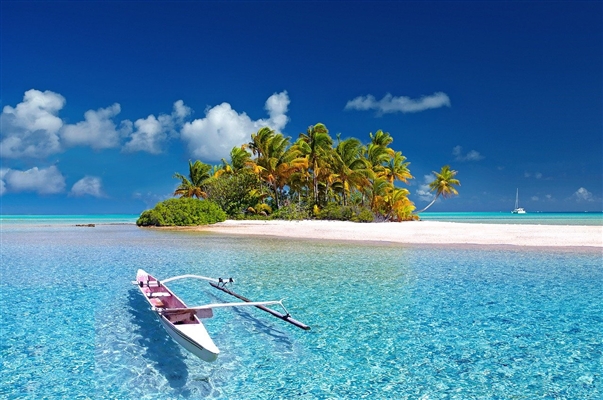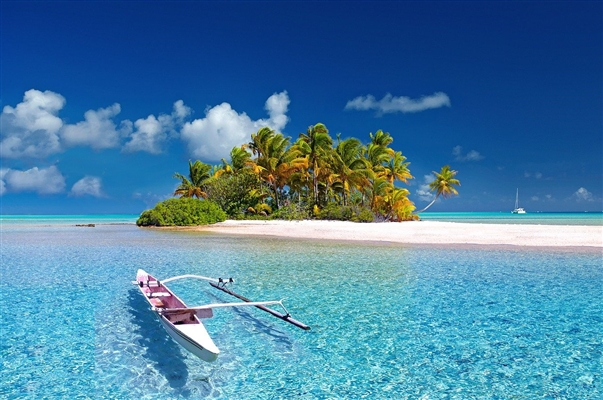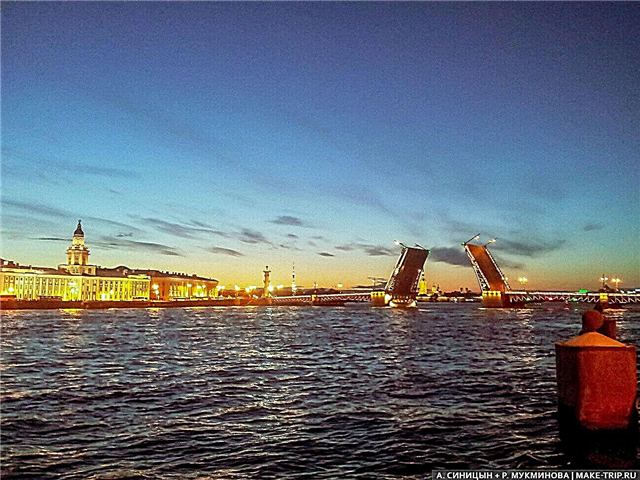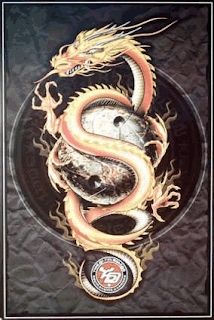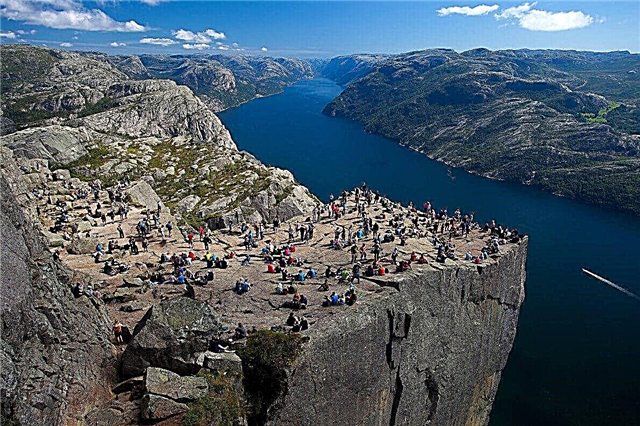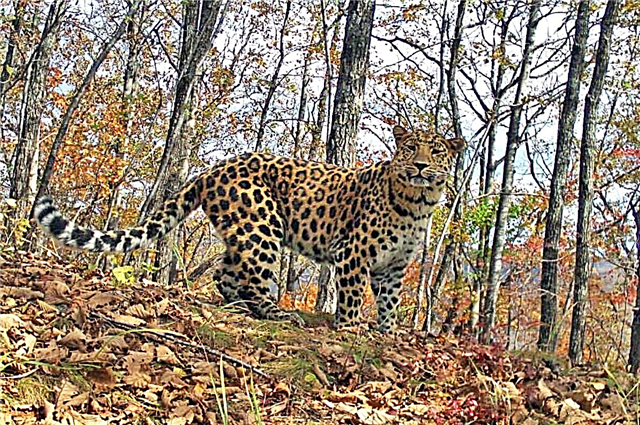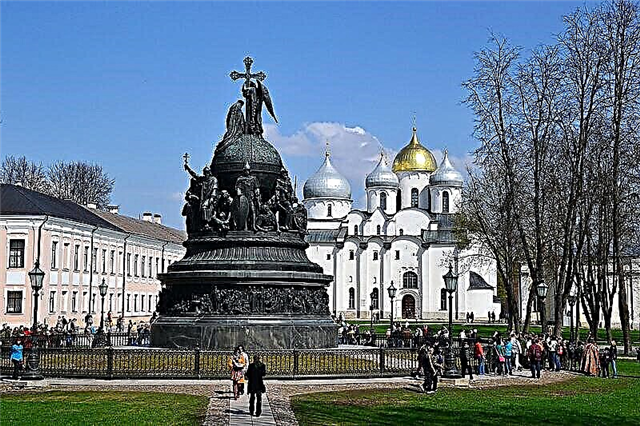Veliky Novgorod is an ancient city where history and Russian traditions are honored. The preserved architectural objects of the past look especially picturesque against the background of the river. Monuments of the area are able to tell about important stages of development and people who stood behind great achievements. Veliky Novgorod presented the country with generals, artists and diplomats.
None of the famous fellow countrymen is forgotten and marked with busts, steles, monuments. But there are exceptions: the engineer Polzunov is not connected with the city, but he was awarded a monument in order to become an incentive for young people to master technical specialties. In addition to historical and personal monuments, there are art objects on the streets. One of the curious - "Cats hunting pigeons", is installed right on the cornice of a residential building.
Historical and modern monuments of Veliky Novgorod
List of the most famous monuments and sculptures of the city.
Millennium of Russia
The opening was timed to coincide with the corresponding memorable date. The event took place in 1862 and was attended by Alexander II. The height of the monument is 15 meters. In the composition of the work of Mikhail Mikeshin, important symbols for the state are reflected - the veche bell and the cap of Monomakh. The monument is divided into levels, each of which embodies three key concepts for Russia - Orthodoxy, autocracy and nationality.

Victory Monument
Installed on the banks of the Volkhov near the southern walls of the Kremlin in 1974. The monument is dedicated to the 30th anniversary of the liberation of the city from the Nazis. In the foreground of the monument is an equestrian warrior. There is a twisted swastika under the horse's belly. Behind - a tower with bas-reliefs, a boat on the top and military attributes. There is a spiral staircase inside the tower, but the entrance is now closed. The monument is located on a three-meter wide platform.

Stele "City of Military Glory"
The opening took place in 2010. In the center of the square there is a granite column crowned with the country's coat of arms. Its pedestal bears the text of the presidential decree granting Veliky Novgorod the status of a city of military glory. Small steles with bas-reliefs adorn the corners of the square. They depict four historical periods: Ancient Rus, Muscovy, Russian Empire and Modern History.

Monument to the Aviators of the Volkhov Front
During the Great Patriotic War, more than 600 pilots died on the Volkhov front. In memory of them and those who survived, a monument was unveiled in 1985. The ceremony was attended by General Zhuravlev - Hero of the USSR, who commanded the air force here since 1941, and in 1944 led the army that liberated Veliky Novgorod. The monument is made in the form of an airplane soaring into the sky.

Monument to Alexander Nevsky
Opened in 1985 on the right bank of the Volkhov. The author of the project is Yu. Chernov. Many glorious pages in the history of the city are associated with the name of Nevsky. Even near the monument there are several objects bearing the name of Nevsky, for example, a bridge and an embankment. Depicts the commander and statesman in full growth. A cape is thrown over his shoulders, resembling wings from a distance. This makes the monument even more symbolic.

Monument to S.V. Rachmaninov
It has been located within the Kremlin park since 2009. Created by the renowned sculptor A. I. Rukavishnikov. The height of the monument is 3.6 meters, and its weight is about 3 tons. The composition is a wide granite pedestal, a figure of Rachmaninov and a bench on which he rests. The Volkhov bank is just a stone's throw away, and the area around it was transformed after the installation of the monument. Lilac bushes were planted nearby, which the composer loved.

Monument to V. Lenin
Currently, the area where the monument was erected in 1928 is called Victory-Sofiyskaya. The project of the sculptor N. Shilnikov and the architect D. Osipov is one of the first monuments to Lenin in the country. It was personally approved by Lunacharsky, and the picturesque place was chosen because of the love of the leader of the world proletariat for nature. However, during the war, the sculpture disappeared. It was replaced in 1956 by a new monument by D. Schwartz.

Monument to Lena Golikov
The bust of a young partisan seems to grow out of a pedestal. He has a rifle in his hands, and on his head is an earflap with one "ear" casually protruding. Golikov proved himself during the war. He acted not only in the Novgorod region, but also in the Pskov region, for his valor he received various medals and orders more than once. In 1944 he was posthumously elevated to the rank of Heroes of the USSR. The monument itself can be found near the city administration building.

Monument to Peter I
Replaced the memorial to the victims of political repression in 2009. The monument was a gift to the city from the architect Y. Romanenko on the occasion of the 1150th anniversary of the city. The height is 2.25 meters, and the emperor's face was created from the imprint of his death mask. Peter I influenced the development of Veliky Novgorod. By his order, bastions were erected around the local Kremlin, and a sailing manufactory was also founded here.

Bust to Alexander Nevsky
Appeared on the Trade side after the Great Patriotic War. The snow-white bust of the commander was created by Z. Azgur, People's Artist of the USSR, of Belarusian origin. In 1995, the graceful monument was moved to the square in front of the railway station. Alexander Nevsky made a significant contribution to the development of Veliky Novgorod. Several city objects are named in his honor, as well as another monument on the embankment.

Monument to the Novgorod Militia of 1812
Installed in front of the Manege building in 2012. Although the modern monument was created by A. Rukovishnikov, his work is an attempt to recreate the original monument on the same theme, destroyed during the war. The architect of the first monument was P. Bryullov. The four-sided dark obelisk is made of granite. A golden two-headed eagle was hoisted to the top. The attraction looks modest, but there is a lot of sense in the details of the design.

"Tired tourist girl"
Opened in 2009. The ceremony was timed to coincide with the city's 1150th anniversary. The monument weighs about 150 kg and is made of bronze. The authorship belongs to the artist Vadim Borovykh. This tourist is called tired because of the pose of the monument: the girl not only sat down to rest, but also took off her shoes. Local residents have a belief: if you throw a coin into a shoe from a certain distance and get in, you will surely be lucky soon.

"Fire of Eternal Glory"
The memorial has been located in the perimeter of Novgorod Detinets since 1965. A group of artists from St. Petersburg worked on its creation. Previously, there were two separate burials in this area. One dated back to the 20-30s of the last century, and the second appeared during the Great Patriotic War. It was decided to unite them with a common tombstone. The eternal flame was lit from a torch from the Champ de Mars.

Obelisk in honor of the feat of I.S.Gerasimenko, A. Krasilov and L.A. Cheremnov
It has been located at the Yaroslavov Dvorishche since 1957. Three heroes - a sergeant and two privates - gave their lives to bring the victory over the invaders closer. They became heroes of the USSR posthumously. The monument looks like a truncated pyramid. On the edges there are ribbed stars, and on the front side there is a plate with the output data and reminding the descendants of the heroism of the soldiers of the Red Army. The author of the project is Lyudmila Ashikhmina.

Monument to Peter and Fevronia
The initiator of the installation of the monument was the rector of the Intercession Cathedral. There is a public garden near this temple, where the monument has been located since 2012. The spouses Peter and Fevronia, numbered among the saints, are depicted in full growth, in the background they have an Orthodox cross. The height of the figures is 3.3 meters. The composition is cast from bronze and stands on a granite pedestal. The monument is a symbol of conjugal love and fidelity.

"Bear on the Bench"
It has been standing on the embankment of Alexander Nevsky since 2007. The creator is V. Borovykh.There is a free space on the bench next to the bear, which motivates people to sit next to it and take a photo. In the summer you can see the queue here. In winter, the bear is transported to a nearby shopping center. The monument has no prehistory, but there is a joke saying that the clubfoot came from the forest, he liked the views of the Kremlin and the river, and he decided to stay.

Monument to Patriarch Alexy II
Inaugurated in 2013 and is located on the territory of the Zverin-Pokrovsky Monastery. The author of the monument is A. Krainov. The work on the bust took about six months. The public and representatives of the ROC wanted to acknowledge the patriarch's contribution to the restoration of the position of Orthodoxy in Russia and in the world. Also, on the initiative of Alexy II, the Novgorod diocese became independent again and received a number of objects at its disposal.

Monument to I. T. Korovnikov
Installation date - 2015. Location - intersection of the street of the same name and A. Korsunov avenue. The author of the bust is V. Korovnikov, an honorary resident of Veliky Novgorod. He gained fame in the fields of the Great Patriotic War. In particular, Ivan Terentyevich commanded the Novgorod army group of forces. He has received many awards, including the Order of Lenin and 2 Orders of the Red Star.

Monument to Soldiers-Internationalists
The grand opening took place in 1997. It was originally dedicated to the people of Novgorod who died in Afghanistan. Over time, memorials began to be considered in honor of all soldiers who did not return from overseas military campaigns. But the inscription on the pedestal: "Afghanistan hurts in my soul." In 2011, the monument was restored at the expense of an unknown philanthropist, and the area around was brought into proper form.

"Sadko"
The composition by B. Gurin stands near the hotel of the same name. Initially, in 2009, Sadko was placed in the Yaroslav's Court, but the monument did not fit into the historical appearance and soon moved. Although Sadko is an epic character, he could have a real prototype - Sotko Sytinets. He built a church on the territory of the Kremlin in 1167. In Veliky Novgorod, in addition to the monument, there is also the Sadko and Princess Volkhova fountain.

Monument to D.M.Balashov
The foundation associated with the name of the writer has been looking for an opportunity to erect a monument to him for a long time. This only happened in 2017. Dmitry Balashov is an honorary citizen of the city, an associate of Gumilyov and an independent writer. The bust on a high pedestal is located at the entrance to Veliky Novgorod from Moscow. The people already call a small square with a monument Balashovsky. Negotiations are underway to officially rename it.

Monument to I. Polzunov
Ivan Polzunov is not directly related to Veliky Novgorod. However, the engineer made a great contribution to the development of the country. One of his inventions is the universal steam engine. In 2011, Teploenergo decided to sponsor the creation of a monument to Polzunov, so that the younger generation would have a worthy example before their eyes, and interest in the technical sphere would increase.

Ancient bells of Veliky Novgorod
Unusual monuments, more like an exhibition. Installed near the belfry of St. Sophia Cathedral or directly in it. The place is significant: the heroes of the Battle of Poltava were met here. The main ones in the exposition are the bells that have already served their time. So one of them weighs 100 pounds, was cast in 1589 and donated by Boris Godunov to the Dukhov Monastery. There are also real heavyweights, for example, the 1614 pood bell.

Monument to Admiral Putyatin
As part of the celebration of the 1155th anniversary of Russian statehood, a monument to Putyatin was unveiled in 2017. Evfimy Vasilyevich was not only an admiral, but also dealt with the affairs of the country as a diplomat. Putyatin is a native of Veliky Novgorod. That is why it is so important for the local historical community. The money for the bust was collected with the help of charitable organizations and private donations. The author of the project is S. Seryozhin.

Monument to V. Kochetov
The writer was honored with a monument in 1984. Initially, it was located on the street named after Kochetov, and then it was moved to Yunost Boulevard. In 2012, the bust, "growing" from a massive pedestal, was returned to its historical place. Vsevolod Anisimovich is a native of Veliky Novgorod, who glorified his small homeland at all stages of his work. The author of the monument in his honor was the sculptor B. Edunov.

"Cats hunting pigeons"
The sculptural group was installed in 2009 on the cornice of an ordinary residential building on Fedorovskiy Ruchey Street. Three dark cats and a pair of pigeons are made in full size and look as realistic as possible from a distance. It seems as if one of the cats is about to jump after its prey. For some unknown reason, the locals endowed the photo composition with the ability to bring good luck in a career.

"The mechanic and the cat"
In 2010, an unusual pillar appeared in the park near the Polytechnic College. An electrician made of fiberglass and copper climbs onto it to remove the cat. Locals call the monument "Eye to Eye", as a person and an animal look at each other with confidence. The author of the composition is the famous Novgorod sculptor V. The project is designed to call people to kindness and sympathy.

"Drawing boy"
The sculpture was placed near the pedestrian bridge on the Alexander Nevsky embankment in 2010. A young bronze artist sits on a small chair and paints local landscapes on an easel. Its position allows tourists to arrange funny photo sessions near the monument. The place for the installation was chosen due to the widespread practice of art schools in the city to send students here to sketch the Kremlin.

"Hanseatic sign"
It appeared on the territory of Yaroslav's Court in 2009. The monument is dedicated to the Hanseatic Trade Union. It includes cities from 16 countries. And the union owes its name to its predecessor, which ceased to exist in the middle of the 17th century. The appearance of the monument can be attributed to abstraction, although especially attentive tourists will be able to see in its image the silhouettes of two sailing ships, fastened tightly.

"Bird Sirin"
The place of installation in 2012 of the unusual sculpture was chosen on the embankment of Alexander Nevsky. The author of the monument is the Novgorod sculptor V. Smirnov. Sirin is a mythical creature endowed with opposite qualities by different storytellers. Either this bird was similar to the Sirens and brought trouble, then, on the contrary, it acted as a protector. Not all residents know about the meaning of the monument and call it simply - "Miracle in a cage."


